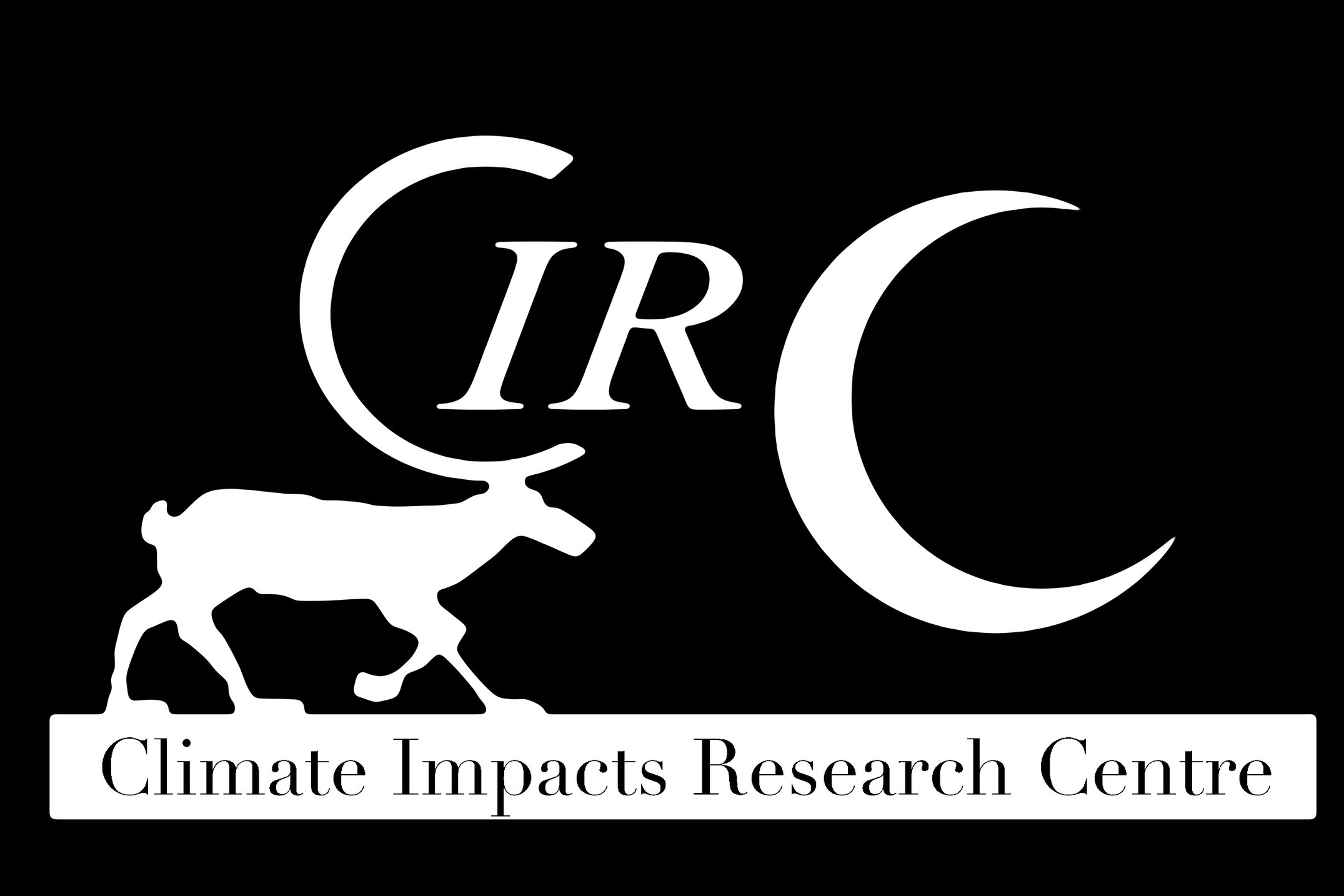Abisko Fingerprints of Change
Plant and Pollinator Phenology
Project Description
A major challenge for our time is to understand and predict effects of climate and environmental change on ecosystems and the services they provide to humanity. A larger and possibly more important challenge is to establish the significance of these processes to motivate citizens to change behaviours and to support policy and decision makers in developing adaptation, mitigation and management solutions. One recognized way to find solutions to this challenge is to engage the public directly in our science through ‘citizen science’.
Citizen science transcends regular communication initiatives. In citizen science, participants are actively engaged in the research process that the scientists communicate. This engagement by citizens in the scientific process leads to a deeper understanding of the causes and consequences of climate and environmental change beyond what they would gain via the typical diffusion of scientific knowledge. In this project, we collaborate with the naturum Abisko to engage citizens and visitors of the Swedish mountains to become ‘citizen scientists’.
Our citizen science project focuses on the much beloved signs of seasonal change – the emergence of leaves in the spring, start of flowering, when berries are ripe for picking, and autumn leaf colours. Researchers refer to these seasonal changes as plant phenology or the study of nature’s “calendar”. Thanks to the strong links between plants, weather and climate, phenology represents one of the most common biological indicators of climate change showing trends, with earlier spring flowering and longer growing season. These indicators allow researchers to analyse regional differences in the effects of climate change.
Pedicularis hirsuta
However, collecting phenology data on a sufficient geographic scale and over many years is a fundamental obstacle. Today, historical and volunteer data in the form of citizen science have become crucial sources for scientists in the 21st century, including plant phenology data. We have established such a citizen scientist opportunity for the thousands of annual visitors to the Abisko and the Swedish mountains.
Our the project focuses on understanding how plants have responded to this century of change. We have excellent distribution and phenology data for almost 200 species of plants beginning in 1917.
So how do plants respond to a changing climate? We have four predictions:
plants can change their distribution, typically by moving north or higher up in the mountains if it gets warmer and the reverse if it gets cooler.
plants can change the timing or duration of their phenology, that is when leaves, flowers, fruit, seeds, or leaf colour change (autumn), occurs.
they can do both.
they can persist without successfully reproducing or competing with the eventual outcome of local extinction.
Background
Thore C. E. Fries
Our project is inspired by the works of a few key botanists who helped put Abisko on the map, Thore C. E. Fries, G. E. Du Rietz, and Gustav Sandberg. They were all botanists at the Abisko Scientific Research Station. Beginning in 1917 we have extensive records of both the distribution and phenology of the plants in this region from repeated surveys, inventories and research projects.
The research station was established in Abisko in 1913 and immediately began collecting a globally unique long-term weather (climate) series for the Arctic. In 1913 the mean annual temperature in Abisko was below 0 C, today it is above 0 C. This means that at the beginning of the temperature record Abisko had an "arctic" climate and today it has a "boreal" climate.
Citizen Science and Outreach
We partner with both the naturum Abisko which provides a variety of visitor and education programs, including botanical tours. Here we collaborate with them to integrate phenology monitoring into their botanical tours using the citizen science app iNaturalist. These efforts meets our two objectives, of actively engaging citizens to observe the indicators of climate and environmental change that they might otherwise fail to notice, while gathering phenology data for fundamental research.
Methods
Our project relies on a citizen science app created for both Android and iOS smart phones called 'iNaturalist'. For people who do not have the taxonomic skills to identify common plants, but can take pictures with their smart phone they can also participate. All observations must contain one or more photos that allow our network of plant experts accurately identify the species. In addition, project staff annotate the phenological state of each observation, typically leaf development, flowering, fruiting and senescence.
Phyllodoce caerulea
Scan me and join!
Join the project as a citizen scientist
Project Partners
naturum Abisko
STF Abisko Mountain Station
Abisko Scientific Research Station
Funding
Formas
Gunnar and Ruth Björkman's fund for botanical research in Norrland








